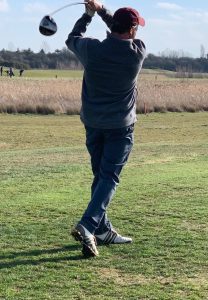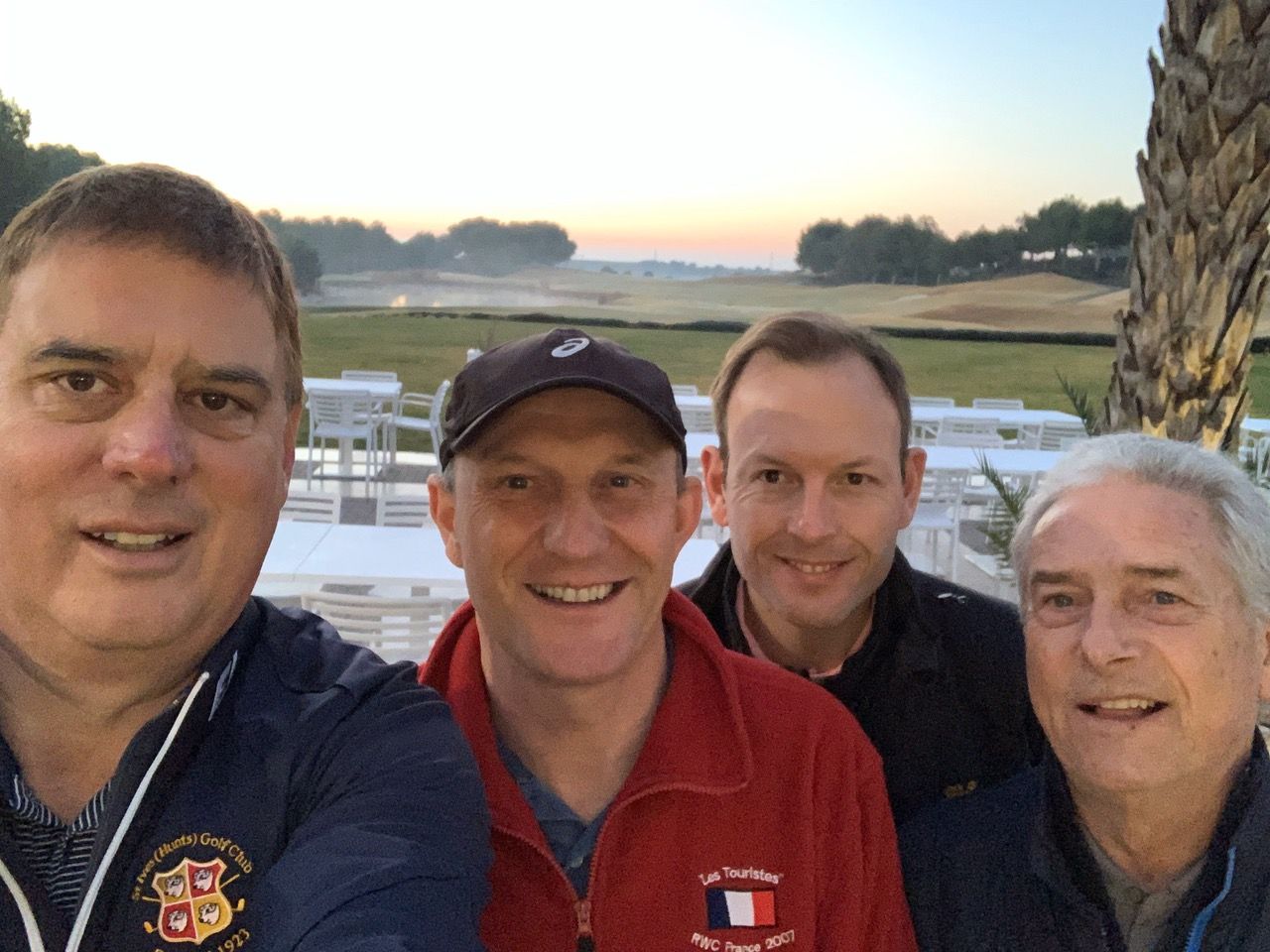TheBoldAge discusses how golf helped Terry in his battle with Alzheimer’s. Looking through the eyes of his best friend, David Cope who, with others, helped him carry on enjoying the game. Winding back the clock, “we’ve been mates for over 25 years and started playing golf together, pairing up and taking on all-comers,” said David. Golf and dementia are not mutually exclusive.
Super fit and healthy, with a handicap of 14, Terry was incredibly competitive and had a favourite saying, “I just like winning.” Then about 8 years ago, Terry was diagnosed with Alzheimers. It would have been easy to give everything up, but that wasn’t Terry’s way. So, as a group we decided to help our friend through this difficult period; helping him to carry on playing golf for as long as possible.
Whilst Terry is currently in a dementia assessment unit and will transition into full time care, he was until recently playing golf and still winning.

Dave strongly believes that golf and keeping active helped slow down the progression of the disease. “It helped give Terry a better quality of life.” According to Dave the benefits of golf are numerous, it’s not just the 8-mile walk, it’s the physical challenge of the game. Plus, the motor skills and muscle memory in swinging a club and being in the open-air. Then there is the mental side of golf, the strategy, tactics, having a chat with your mates, and of course the 19th hole. All these played their part in helping Terry.
Not only was a round of golf important for Terry but it gave Debbie, his wife some valuable weekly downtime. So, she could relax, have some me-time and catch up with friends over a coffee.
Dave explained that at the beginning Terry could choose the right club and follow and find his ball. However, over time this became more difficult. He would forget where his ball went and not remember which was his ball. So, we developed several simple strategies to help. For instance, we created some consistency. Terry always played with a yellow ball, which helped him quickly identify his ball. He would tee off last so we could follow his ball and talk through where it had gone. Later, one of us would go with him saying that we were going to look for our ball as well. We would all discuss our distances and club selection, asking him what he thought. That way he didn’t feel he was being helped.
What amazed us was that Terry could still drive 250-300 yards, his muscle memory seemed to take over.
However, whilst slower than expected, the disease continued to progress. So, we adapted again. Friends would get each other’s clubs out of their bags and discuss the type of shot in front of us. We would leave our tees in the ground for him to use, avoiding him having to find the right one. Each of us would have a yellow ball in our pockets to ‘find’ when we needed it.
Some days, if Terry was having difficulty, we would say we weren’t playing in the rough today and put the ball back on the fairway. The same for all of us. When Terry began to stand too close to the ball on tee shots with his driver and woods, we took them out of his bag. We gave ourselves ‘mulligans’ for bad tee shots (where you have another go). When the more technical shots became difficult, we would suggest easier ways round it. For example, putting around a bunker rather than chipping over it.
Even in the later stages of his disease where everyday tasks were exceedingly difficult for Terry, we found ways round it.
For any of us, playing golf can be a frustrating game at the best of times. Coping with Alzheimer’s as well could be overwhelming. We learnt to be patient. Giving him a moment to get over things, walking on to the next shot or talking about something else and a few minutes later the difficulty is forgotten. The focus became the next shot.
Dave described that whilst they had over 7 years of great golfing memories, Alzheimer’s inexorable march meant that Terry’s health and safety was becoming of greater concern, and everyone agreed that it was better for him to stop.
Asking Dave what he thought had helped the most, he reflected and outlined 7 key things:
– Friendship and having a good social support group was crucial. Particularly playing with other golfers who understood the support Terry needed.
– Ensuring you kept going, week in, week out. Exercise and keeping active was important in helping Terry battle the illness.
– Getting the co-operation and understanding of the golf club. St. Ives G.C. Who were simply great.
– Consistency was especially important, the yellow ball, amongst other things, was a gamechanger.
– Keeping conversation going was key, both between shots and when finding his ball. Then there was choosing the club and deciding what shot to play.
– Perseverance and patience, being prepared to be flexible and adapt as things progress
– Most of all maintain a sense of fun – lots of high fives and friendly banter!
Golf clubs across the world needs to think hard and develop improved inclusion policies, to support people of disabilities, be these mental or physical. Dementia and golf can and do work in tandem.
Boldie Links:
Join the club: Golf in Society | Alzheimer’s Society (alzheimers.org.uk)
